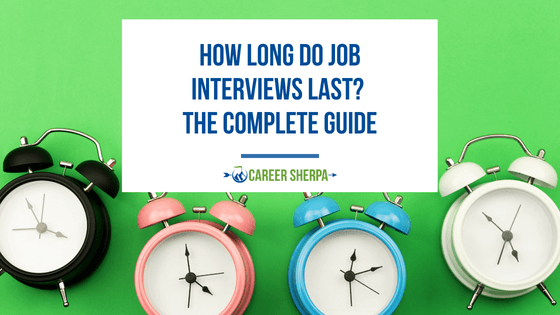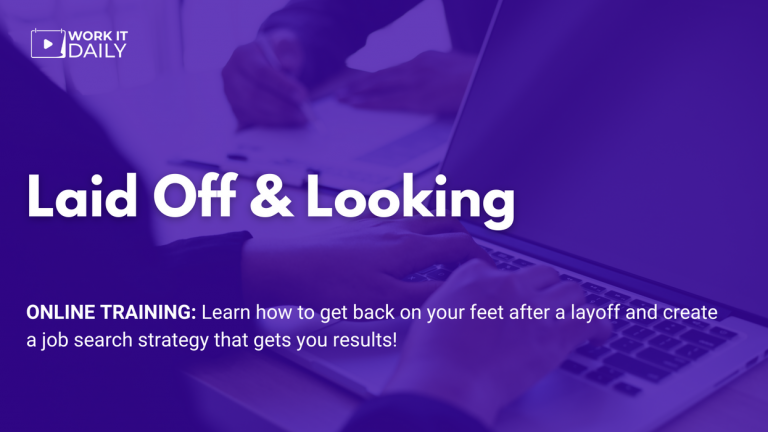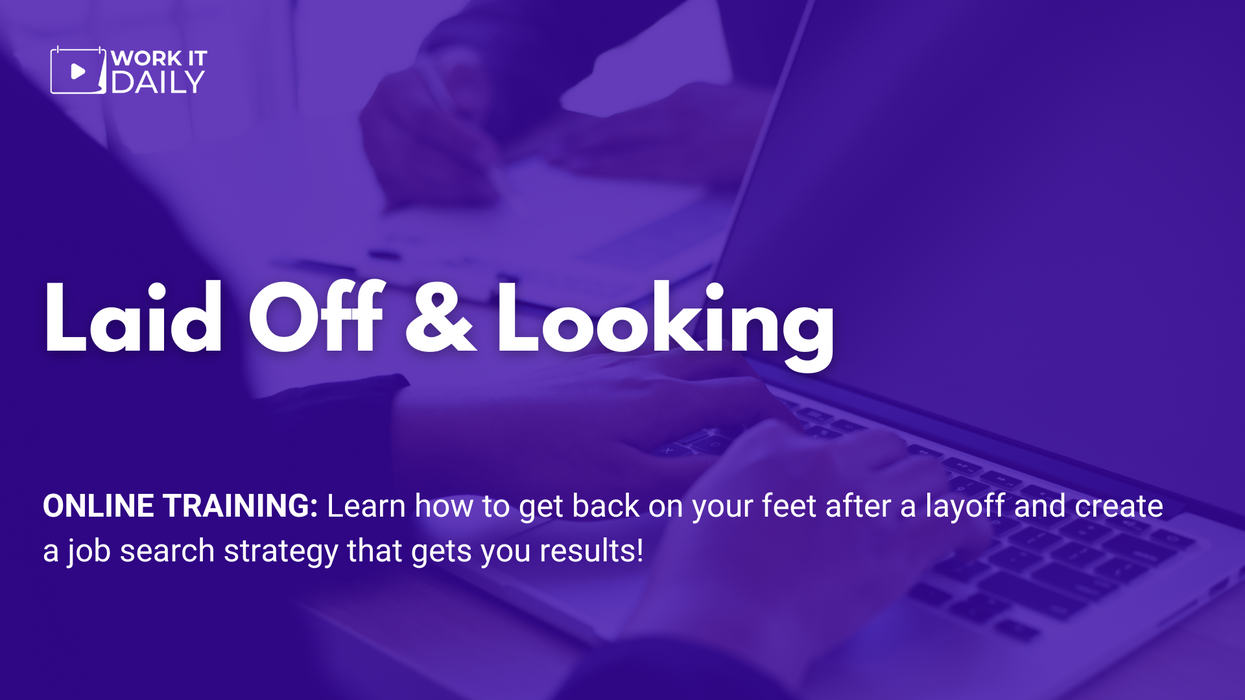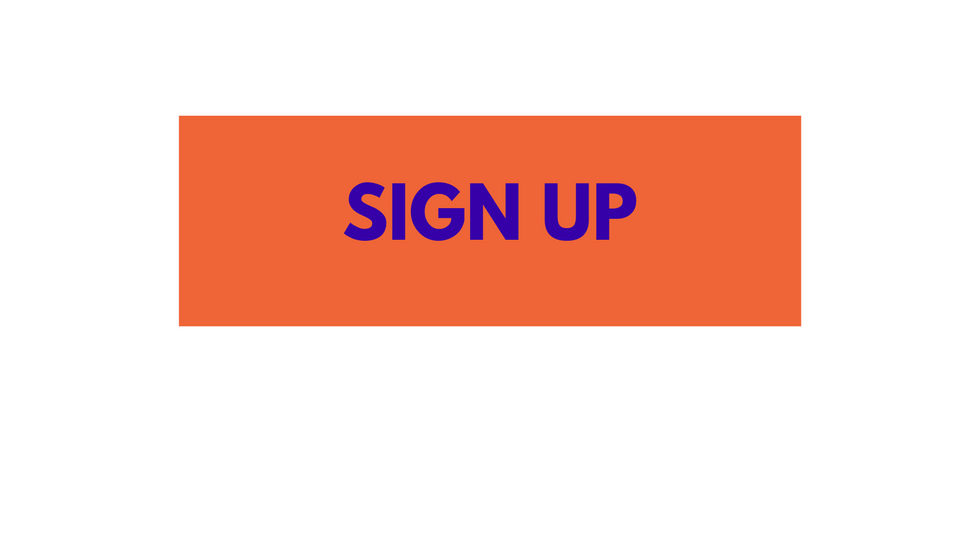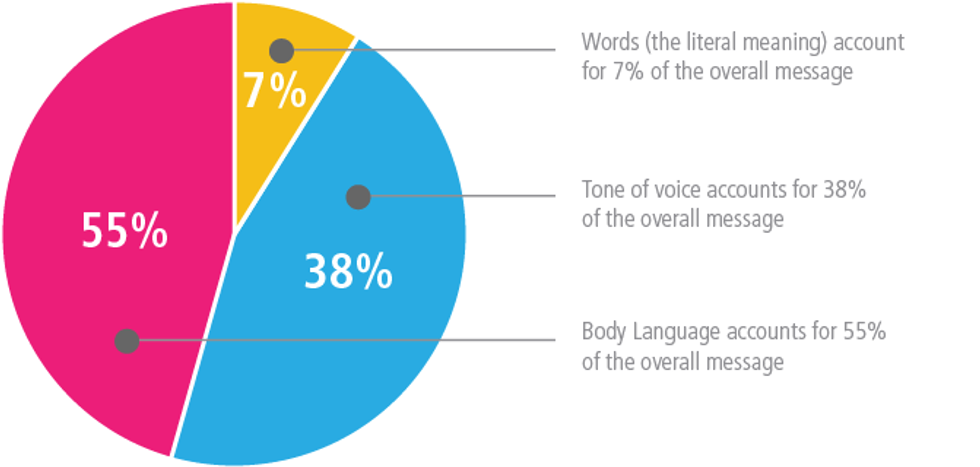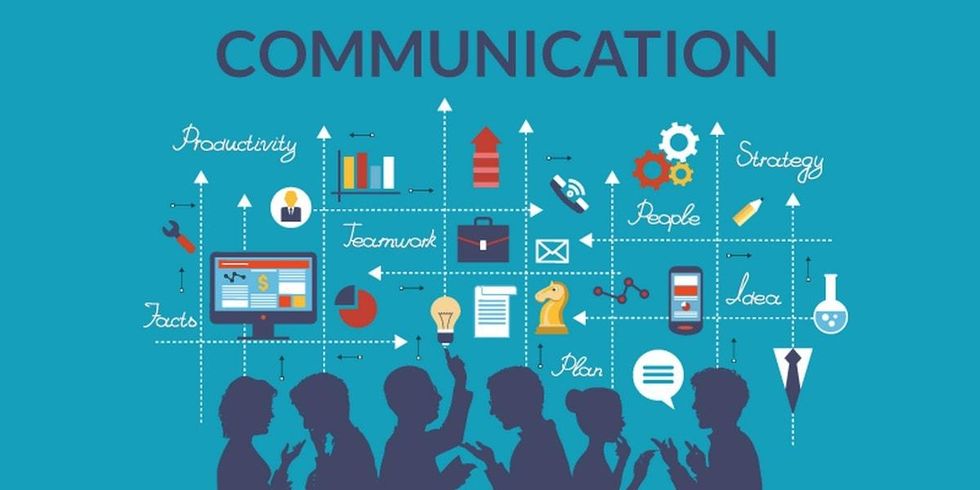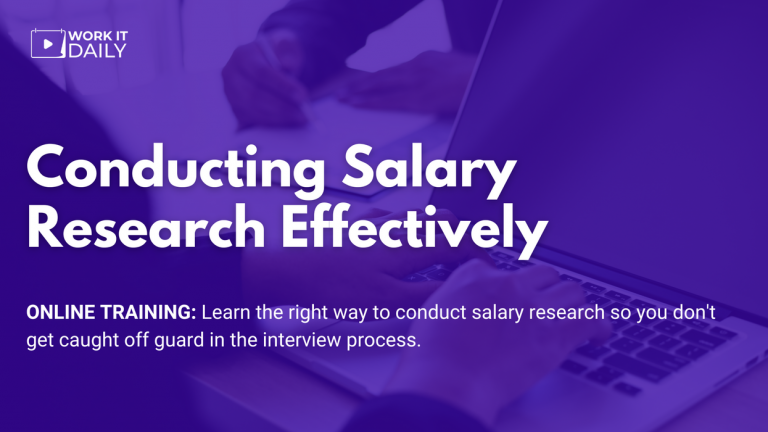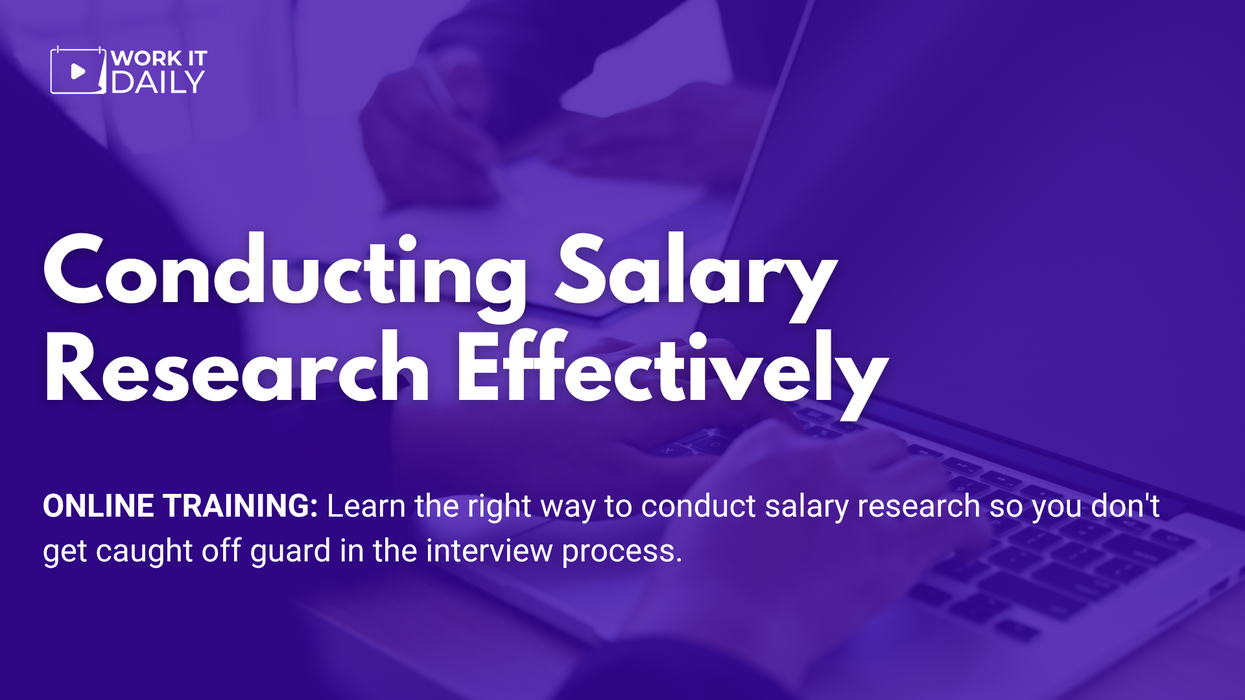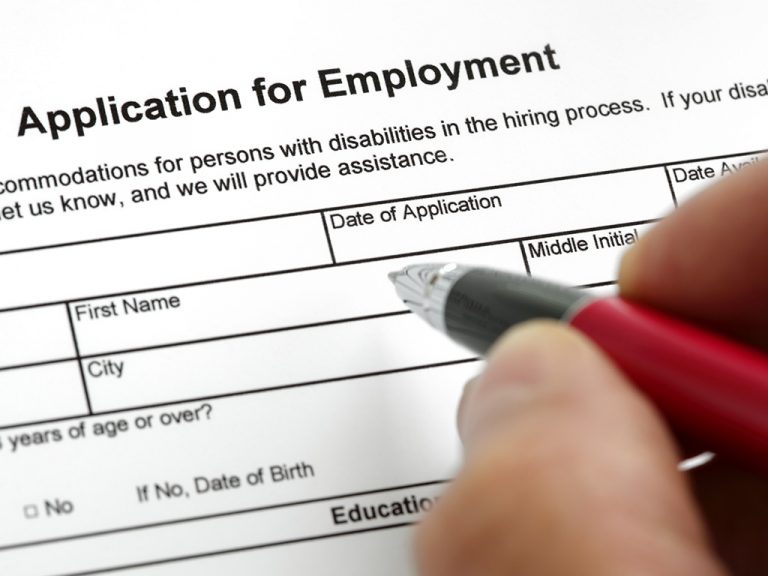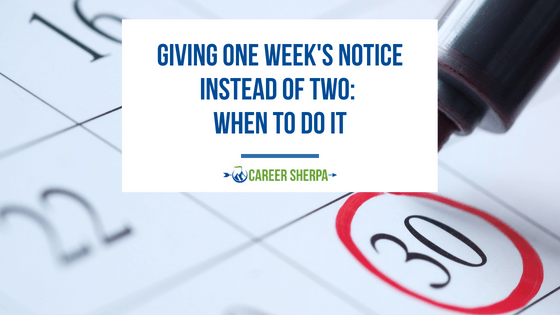
I have spent many man-years serving as a project manager both formally and informally. I confessâI do not like project management. Project managers often have all responsibility with minimal authority. PMs are the face of problems to the customer and take many hits for actions outside of their control. PMs often do the âdirty workâ in the project while others receive the glory. However, being a PM is necessary for organizational success.
I may not like it; however, I respect being a PM. PM actions are necessary and difficult. These activities can be rewarding if executed well. PMs must be able to respond quickly, and these ideas are some of the lessons I learned the hard way.
What Is Being A PM Anyway?

Being a project manager, you are the coordination between many factions all working together to accomplish a larger task. You are the glue to hold projects together, and you are the central node to the spider web network among the team members.
Project managers absorb information from all the stakeholders and consolidate these inputs into a unified plan of action. This plan defines the course for completing the project. Schedules, action item lists, documentation, and meetings originate with the PM for dissemination. PMs should be the first to know about problems, and they often work to mitigate risks to the overall project.
How Do You Be A Good PM?

Being a good PM takes some effort. You cannot passively manage a project and expect positive results. You need to act.
My recommendations have developed over years of experience. I have made mistakes, and I have learned to incorporate strategies to avoid my previous transgressions. Although I am not saying these are the âbe all/end allâ list of actions, I think these strategies can plant the seeds for your own activities.
Communicate, Communicate, And When You Think You Are Done, Communicate More

Regardless of the size of the team or the complexity of a project, I believe you cannot over-communicate. The team must be aware of the project status and decisions made to ensure success.
Shying away from problems without sharing them with the team is a common mistake. PMs must communicate the good, the bad, and the very ugly. Failure to share these details drives mistrust. Rumors begin, and stories unfold. Communicating the truth builds trust and unity among stakeholders.
Frequency is a balance, and PMs do not want to burden the team (or themselves) with unnecessary details. Too little, people on the team are left to their own devices; too much, the PM may appear to be crying wolf. Experience will be a guide, and a common approach is a minimum of once a week connecting with each stakeholder or group. When in doubt, err on communicating more than necessary ensuring you have delivered your message.
Keep Charts, Reports, Minutes, And Updates Simple⦠Complexity Breeds Confusion

Everyone talks about MS Project®, Primavera®, or any myriad of tools to manage a project. When required, use themâsimply. When not required, use the most effective tool possible, even Excel®.
With the volume of emails everyone receives in a professional setting, the challenge is reading and digesting volumes of information every day. The more complex your message as a PM, the less likely the stakeholders will comprehend it. Simple charts, tables, and bullets summarize ideas and use subsequent details to reinforce the message.
The more complicated PMs make the process, the more unmanageable the project may become. Even the most complex multi-year project can be simplified. Work to make your updates as clear as possible. Your audience will appreciate the brevity.
âRAILâ Lists Can Be Your Best Allyâ¦

I learned to use a very simple ârunning item action list (RAIL)â for capturing information. Utilizing this tool in meetings keeps things very simple and easy to communicate. I have included a typical format above.
Sequentially add action items to the list by date. Describe the task to complete briefly. Add due date and responsibility. Status percentage updates each time you discuss an item and only 100% when completely closed. Notes is an open field to capture information each time an item is discussed.
By capturing these action items, PMs have a record of questions, concerns, and details discussed throughout the project. Sharing the file with the team during review meetings or as an attachment within messages keeps people informed. Open items are easily searched, and completed items are for reference.
Each time the file is modified, the PM can save a copy by date/revision and maintain a working record of all discussions throughout a project. In the event of a discrepancy, cross-reference older files as an item of record.
Communicating âBadâ News Or Problems

Every project will face issues to address. In our current world, supply chain delays are prevalent in nearly every industry. Design setbacks and failed tests can delay a project unmeasurably. You will have problemsâtrust me!
So what do you do? Keep it to yourself and deal with it? Limit the discussion to a small team? What and how do you tell the customer?
In my experience, you first identify the problem and discuss it within the internal team. What went wrong? How did this happen? Identify some alternative solutions and measure feasibility.
Before having 100% of the answers, I engage my customer. I explain the situation, and I define some of the alternatives listing potential solutions. I gauge the impact on the project timing. Then, I ask for their suggestions.
Involve your customer in problems. Many customers appreciate the candor and the opportunity to participate in the process. They may not be happy; however, they have a stake in the solution. I have discovered my customers often have ideas we had not considered when presented with the issue.
My biggest takeaway is NEVER hide anything. Yes, you will make people angry. Yes, stakeholders will be disappointed. Yes, you may get in trouble. Deceiving the team that âeverything is all rightâ to find out later you were covering up only creates distrust and fear. Be honest and sincere, and you will see improved results when dealing with problems.
Final Advice

Project management is often a thankless, difficult job. Everyone has managed a project at one timeâwhether professionally or simply around the house. PM work is challenging.
You can plan now on how to make the project run efficiently. You can prepare your communication methods defining them with the team. You can develop your templates to keep communication simple. You can agree with stakeholders on how problems are presented to the team.
With some planning, PMs can create simple strategies to make the process flow well. Knowing how to manage the projectâs intangibles will allow you to focus on where to add value.
Finally⦠execute! The stakeholder is looking to you to succeed. Show them you can deliver, and make your project a success! Good luck, and know that I appreciate your efforts because I walk in your shoes.






